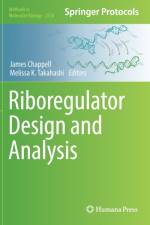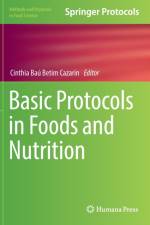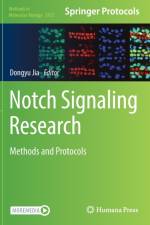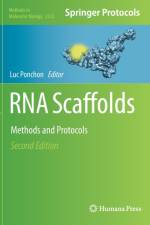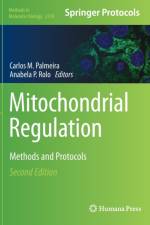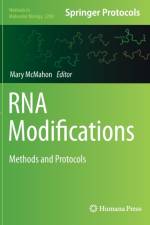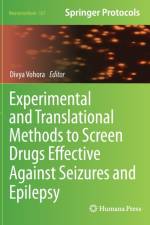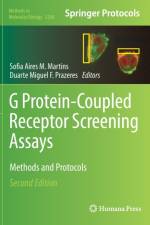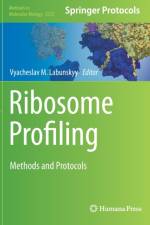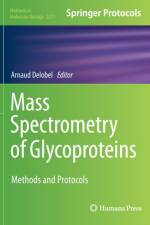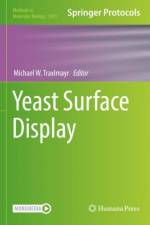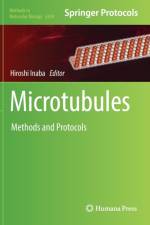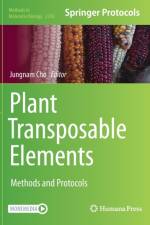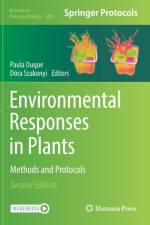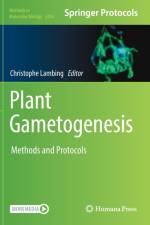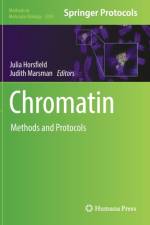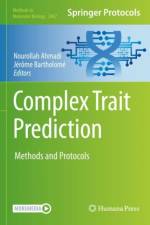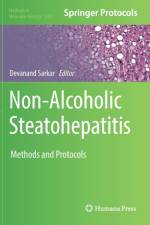2 745
Part I: Animal Experimentation1. Experimental Diets (Normocaloric and Hypercaloric Diets) Laís Marinho Aguiar, Juliana Kelly da Silva Maia, Cinthia Baú Betim Cazarin 2. Measures of Food Intake, Body Weight Gain, and Energy Efficiency in Mice - Cíntia Reis Ballard and Cinthia Baú Betim Cazarin 3. The assessment of glucose homeostasis in rodents: Glucose, Insulin and Pyruvate Tolerance Tests Nathalia R. V. Dragano and Edward Milbank 4. Histopathological Evaluation of Steatohepatitis in Animal ExperimentsYoshihisa Takahashi, Erdenetsogt Dungubat, Toshio Fukusato 5. Quantification of short-chain fatty acids in fecesMirella Romanelli Vicente Bertolo, and Stanislau Bogusz Junior 6. Quantification of non-esterified fatty acids in serum and plasmaMirella Romanelli Vicente Bertolo, and Stanislau Bogusz Junior 7. Lipid Peroxidation (TBARS) in biological samples Lilian R. B. Mariutti 8. Extraction of Bile Acids from Biological Samples and Quantification Using Ultra-High-Performance Liquid Chromatography-Orbitrap Mass Spectrometry Shota Hori, Hongxia Liu, Riho Yamada, Shun Ichitsubo, Ayana Sakaguchi, Fumika Yokoyama, and Satoshi Ishizuka 9. Glycogen measurementCavaglieri, C.R.; Silva, C.A.; and Bernardes, C.F. 10. Evaluation of the minerals and trace elements in the biological samplesDuygu Aydemir and Nuriye Nuray Ulusu 11. Microbiome Evaluation Alba Rodríguez-Nogales, Antonio Jesús Ruiz-Malagón, Jose Alberto Molina-Tijeras, Maria Elena Rodríguez-Cabezas, Julio Gálvez 12. The GSH colorimetric method as measurement of antioxidant status in serum and rodent tissues Milena Morandi Vuolo, Juliana Kelly Silva Maia, Ângela Giovana Batista 13. Guidance for designing a preclinical bioavailability study of bioactive compoundsHelena Dias de Freitas Queiroz Barros, Cinthia Baú Betim Cazarin, Mario Roberto Maróstica Junior Part II: Clinical Trials14. Protocols related to Nutritional Anamnesis in Head and Neck Cancer PatientsJudith Büntzel and Jens Büntzel 15. Food Diary, Food Frequency Questionnaire, and 24-hour dietary recall Luisa Saravia, Paula Moliterno, Estela Skapino, and Luis A. Moreno 16. The Use of Questionnaires to Measure Appetite James H Hollis 17. Protocols for the Use of Indirect Calorimetry in Clinical Research Katherine L Ford, Camila LP Oliveira, Stephanie Ramage, and Carla M Prado 18. Anthropometric Assessment Methods for Adults and Older PeopleThalita Cremonesi Pereira and Cinthia Baú Betim Cazarin 19. MRI-based Body Composition AnalysisMagnus Borga, André Ahlgren, and Sarah Weston 20. Functional tests for assessing human beta-cell function and insulin sensitivityMarcelo Miranda de Oliveira Lima and Bruno Geloneze 21. Maximum oxygen consumption - VO2max laboratory assessment Mara Patrícia Traina Chacon-Mikahil, Alex Castro, Danilo dos Santos Caruso, and Arthur Fernandes Gáspari 2. 2Muscle and Fat Biopsy and Metabolomics Cláudia Regina Cavaglieri, Mara Patrícia Traina Chacon-Mikahil., Renata Garbellini Duft, Ivan Luiz Padilha Bonfante, Arthur Fernandes Gáspari, and Alex Castro

